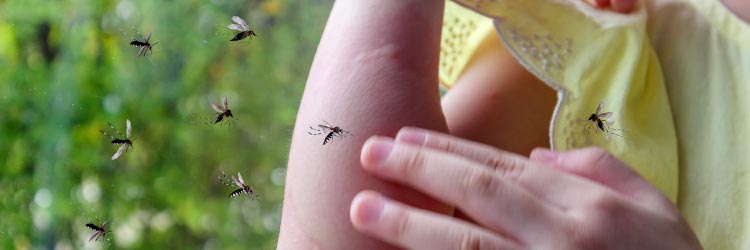Malaria remains a major global health challenge, especially in tropical and subtropical regions where the Plasmodium parasites and their mosquito vectors thrive. For travellers to these areas and populations living in high-risk zones, effective malaria prophylaxis is crucial to prevent infection and its potentially severe complications. This article provides healthcare professionals with updated guidelines on malaria prophylaxis for these groups, incorporating the latest recommendations from health authorities and recent research findings.
Understanding Malaria Risk
Malaria transmission varies significantly by geographic location, season, and local prevention efforts. The World Health Organization (WHO) and the Centers for Disease Control and Prevention (CDC) provide detailed, regularly updated malaria transmission maps that are essential for assessing risk and planning appropriate prophylaxis. High-risk areas predominantly include parts of sub-Saharan Africa, South Asia, Southeast Asia, the Amazon region of South America, and some Pacific islands.
Assessment Before Travel
Healthcare providers should conduct a thorough risk assessment before recommending a prophylactic regimen. This includes:
Travel Itinerary:
Understanding specific destinations, rural vs. urban settings, duration of stay, and season of travel helps determine the level of risk.
Medical History:
Assessing the traveller’s past medical history, including previous episodes of malaria, other pre-existing conditions (like pregnancy or immune-compromising disorders), and medication allergies.
Prevention Preferences and Compliance Potential:
Discussing options with travellers to ensure they are comfortable with the recommended prophylaxis plan, which increases adherence.
Prophylactic Medications
The choice of an antimalarial drug depends on the destination’s current drug resistance patterns, the traveller’s health status, and potential drug interactions. Commonly prescribed prophylactic medications include:
Atovaquone-Proguanil (Malarone):
Effective in regions with chloroquine or mefloquine resistance. It is taken daily, starting one to two days before travel, during the stay, and for seven days after returning.
Doxycycline:
An option in areas with multi-drug resistance, including resistance to both chloroquine and mefloquine. It is taken daily starting one to two days before travel, during the stay, and for four weeks after returning.
Mefloquine:
Recommended for regions with chloroquine-resistant malaria. It is taken weekly, starting at least two weeks before travel, during the stay, and for four weeks after returning. Note that mefloquine is associated with neuropsychiatric side effects and should be used with caution.
Chloroquine:
Only effective in areas without chloroquine resistance. It is taken weekly, starting one week before travel, during the stay, and for four weeks after returning.
Special Considerations
Pregnancy:
Malaria in pregnant women is associated with high risks of both maternal and fetal morbidity and mortality. Mefloquine or chloroquine (where effective) is generally recommended depending on the resistance patterns and trimester of pregnancy.
Paediatric Travellers:
Dosing is weight-based, and not all forms of malaria prophylaxis are suitable for children. Atovaquone-proguanil can be used in children weighing 5 kg or more, and doxycycline is only for children aged eight years and older due to the risk of tooth discoloration.
Long-Term Travelers and Expatriates:
Those staying in endemic areas for extended periods may require a tailored approach, balancing the risks of long-term medication use with the risk of malaria.
Non-Pharmacologic Prevention Measures
In addition to chemoprophylaxis, travellers should be advised on non-pharmacologic measures to prevent mosquito bites:
Insect Repellents:
Use of EPA-registered insect repellents containing DEET, picaridin, IR3535, or oil of lemon eucalyptus on exposed skin.
Protective Clothing:
Wearing long-sleeved shirts, long pants, and hats to reduce skin exposure.
Bed Nets:
Utilising bed nets impregnated with insecticide in sleeping areas without air conditioning or screens.
Indoor Residual Spraying:
Staying in accommodations that practise indoor residual spraying with insecticides.
Follow-Up
Travellers should be instructed to seek medical attention if they experience fever or other symptoms suggestive of malaria during or after return from travel, despite taking prophylaxis. Rapid diagnosis and treatment are crucial to prevent complications.
Conclusion
Malaria prophylaxis is a vital component of travel medicine and public health in malaria-endemic areas. By staying informed about the latest guidelines and resistance patterns, and tailoring recommendations to individual travellers’ needs and local conditions, healthcare professionals can significantly reduce the risk of malaria in travellers and residents of high-risk areas. Education on both pharmacologic and non-pharmacologic prevention measures is key to ensuring safety and compliance.

